by Christopher Miskimon
Carl von Mannerheim has often been called Finland’s Founding Father, and for good reason. For much Finland’s history, it was not really a nation at all—just a province of a larger country. Von Mannerheim not only secured his nation’s independence, but maintained it throughout several tumultuous decades of war and peace.
Carl von Mannerheim was born in 1867 in what was then part of Russia. A member of the aristocracy, he was commissioned a lieutenant in the Russian cavalry in 1889. In 1904-5 he fought in the Russo-Japanese War at the rank of Major. By World War I, he was a lieutenant-general, commanding his own corps. When Russia collapsed into revolution in October 1917, von Mannerheim rushed back to Finland and joined its independence movement. In January 1918, he took command of the anti-communist White troops in Western Finland and led them against the Communist Red Guards. At one point he captured a garrison, putting its weapons and equipment to use for the Finns.
The New Independent Republic of Finland
Soon after Germany intervened against the Soviets, the war ended and Finland’s independence was nearly guaranteed. On December 12, 1918, von Mannerheim was declared a regent of Finland, and continued to lead his troops against the remaining communists. Eventually a ceasefire took effect and on June 17, 1919 the Independent Republic of Finland was declared. With his mission accomplished, von Mannerheim went into retirement.
Twelve years later, the general was recalled to duty. He was made Chairman of the Defense Council and given the mission to prepare defenses against the resurgent Soviet Union. Von Mannerheim would spend the next eight years preparing a series of interconnected fortifications through the Karelian Isthmus, a stretch of disputed territory the Soviets would likely try to retake. This defensive belt would become known as the Mannerheim Line.
Outnumbered, but Better-Trained
Construction was almost finished when the Soviets struck on November 30, 1939. Von Mannerheim’s 300,000 soldiers, mostly reservists, faced nearly a million Soviet troops, but his men were ready to fight; he had trained and equipped them with all the vigor he threw into preparing the line which bore his name. Each Finnish soldier had a suit of camouflaged winter clothing and skis to easily maneuver across the snowy landscape. He also pushed his troops’ marksmanship to a very high level.
Despite their vast numbers, the Soviets suffered horribly during their initial assault. Unprepared for the weather and poorly trained, they were quickly outfought. At the Battle of Suomussalmi from December 1939 to January 1940, von Mannerheim used the terrain and weather to his advantage by letting Soviet units advance to become isolated, then shattering them with artillery and well-aimed rifle fire. In this way, Soviet supply lines were quickly cut by well-laid ambushes. When the battle ended, more than 27,000 Soviets were dead, compared to less than 1,000 Finns. Many of the Russian troops froze to death.
The Red Army Strikes Again
Their victory would be short-lived. On February 1, the Red Army struck again with fresh divisions, preceded by heavy artillery barrages. Soon, they were able to penetrate the Mannerheim line and overwhelm Finnish defenses, forcing a Finnish surrender on March 12, 1940. The Soviets allowed the Finns a degree of autonomy in the hopes of preventing a guerilla war and peace of a sort returned to the country.
That peace would also prove brief. Nazi Germany invaded the Soviet Union on June 22, 1941, and Finland threw its lot in with the Nazis. Promoted to Field Marshal, von Mannerheim was placed back in command of the army, and soon forced Soviets out of Finnish Territory. The was settled into an uneasy stalemate until 1944, when the Soviets had enough strength to attack Finland yet again.
The Future of Finland in the Post-War Era
Bolstered by its German allies, the Finnish army fought well, but over time the vast Soviet numbers became too much; Finland was once again forced to submit, and signed a new peace treaty in September 1944. As a condition of the treaty, Finnish troops had to turn on their former partners, and drive them out of their homeland, which they accomplished, albeit half-heartedly.
Afterward, Carl von Mannerheim assumed the presidency of Finland. He used all his political acumen to successfully maintain Finnish independence in the immediate post-war era. Poor health forced his retirement in 1946, and on January 27, 1951, Finland’s Founding Father sied at age 83 in Lausanne, Switzerland.
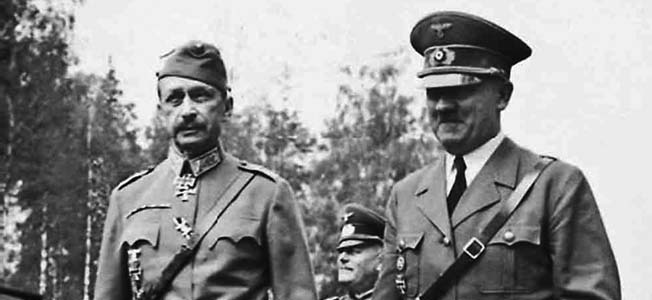
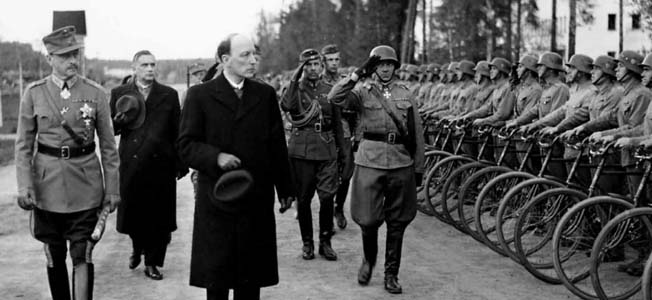

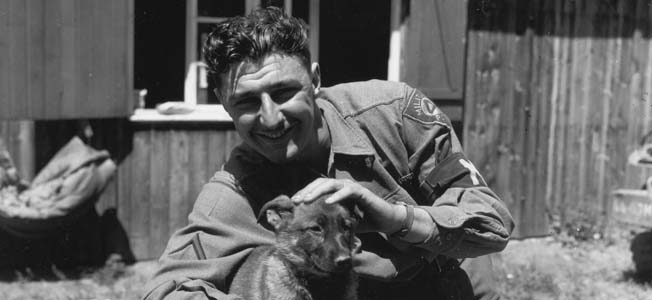
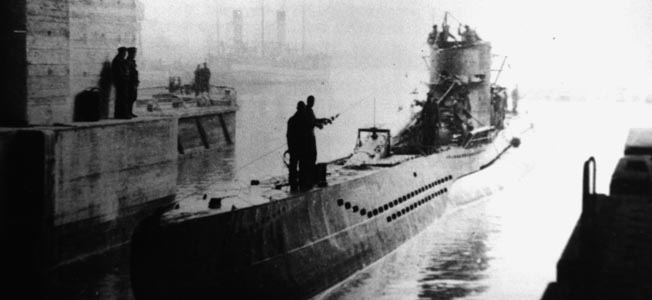

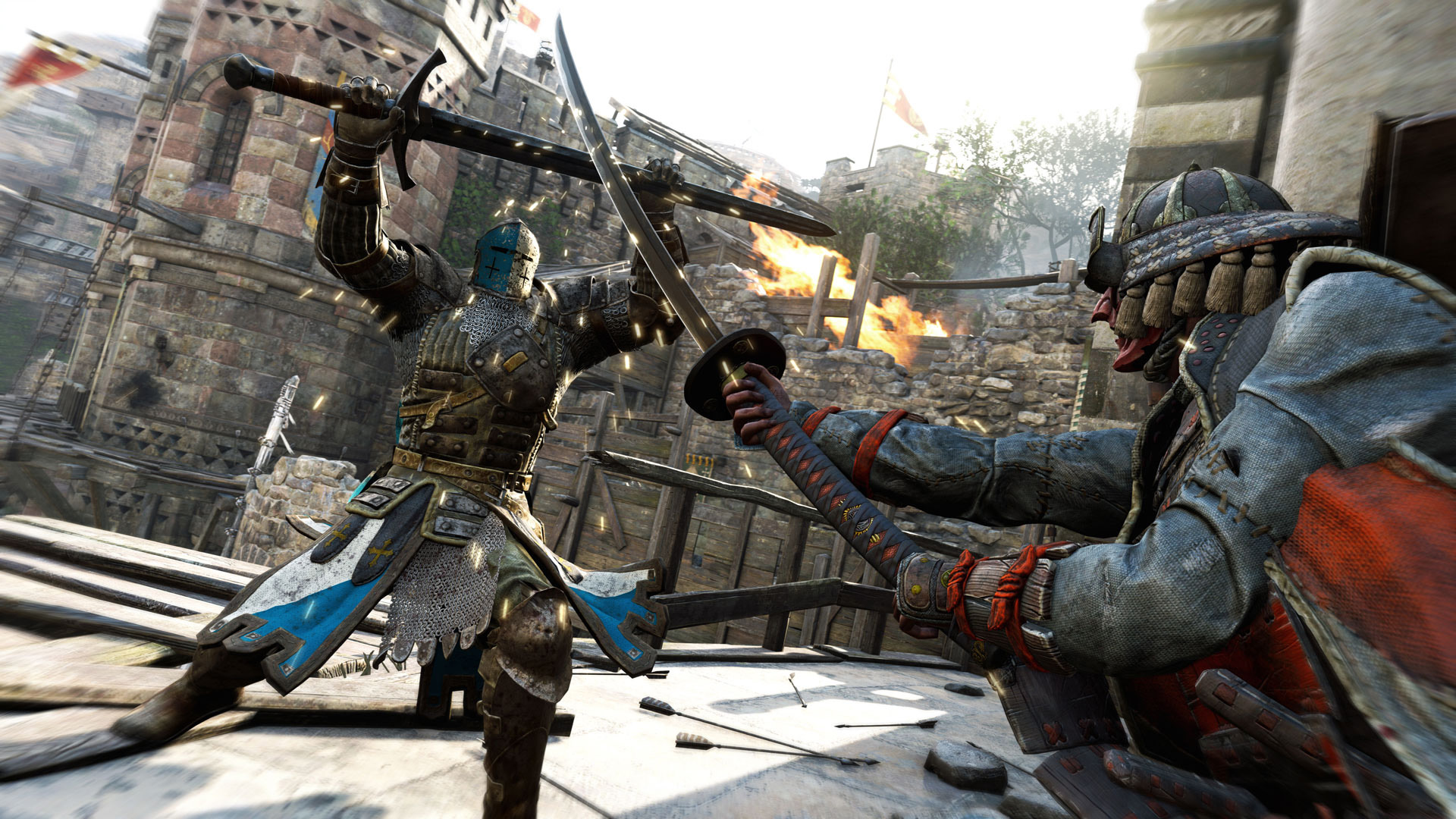
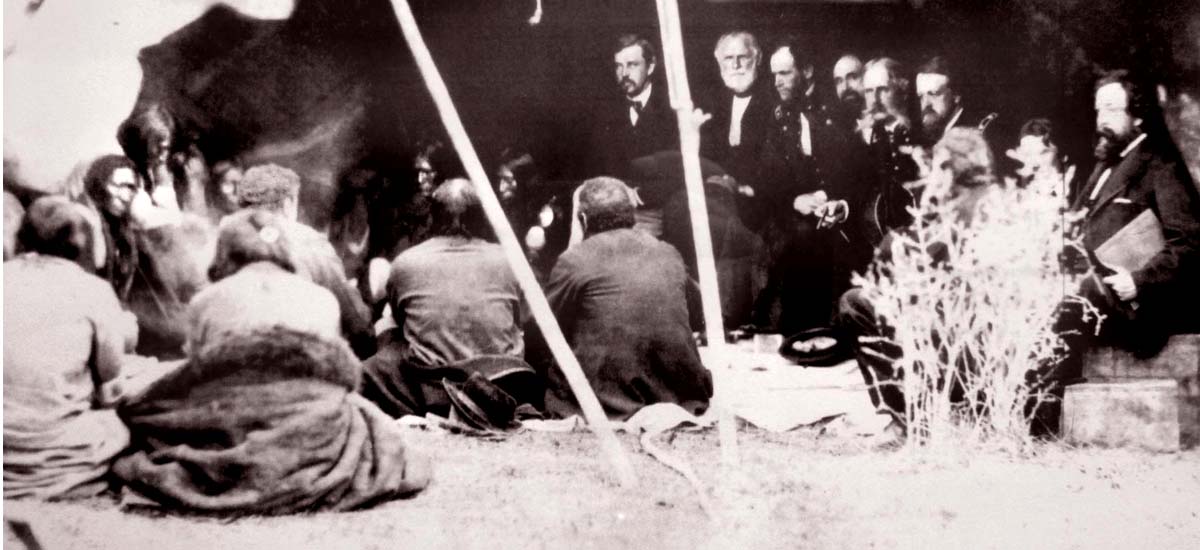
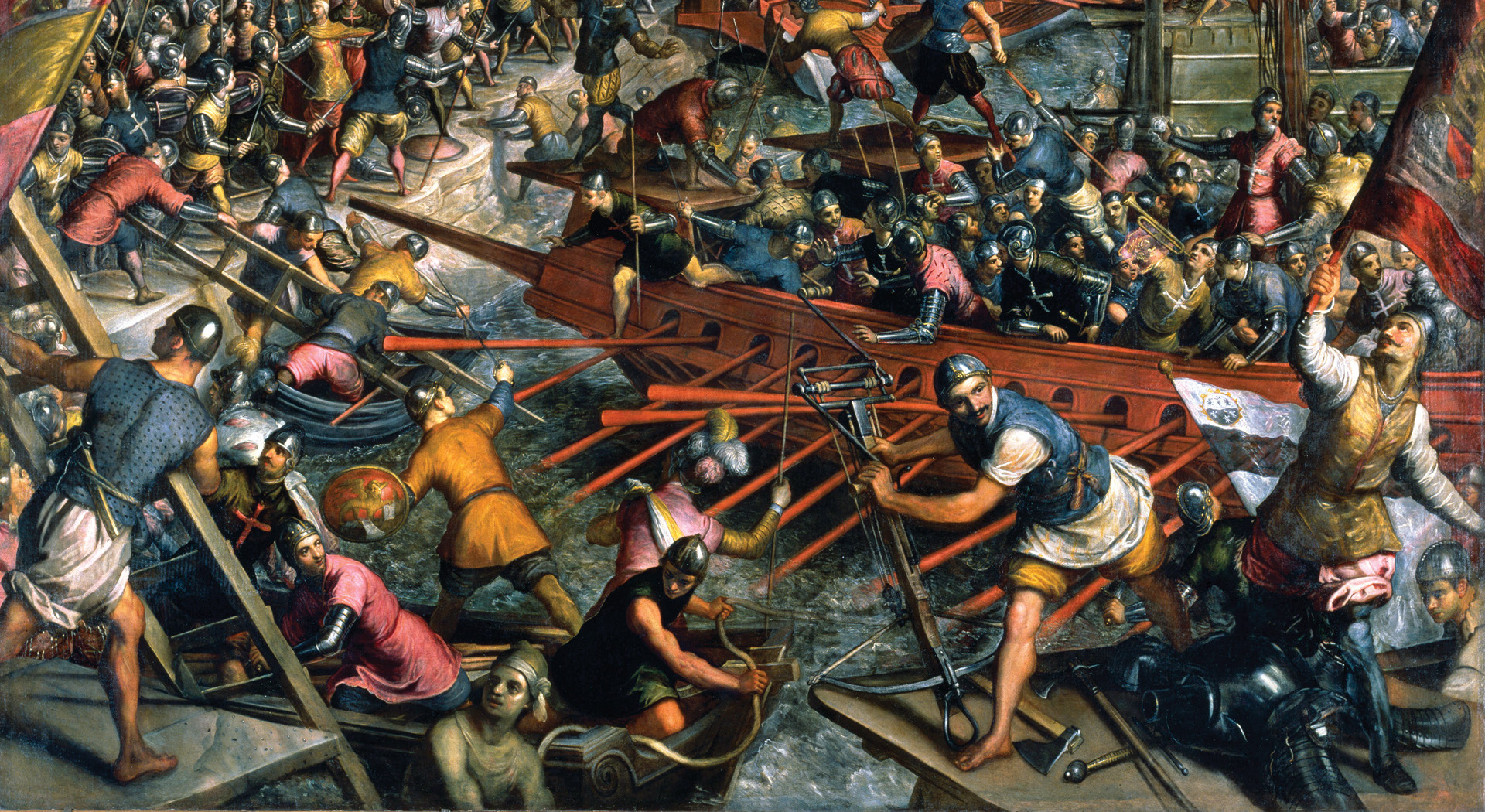
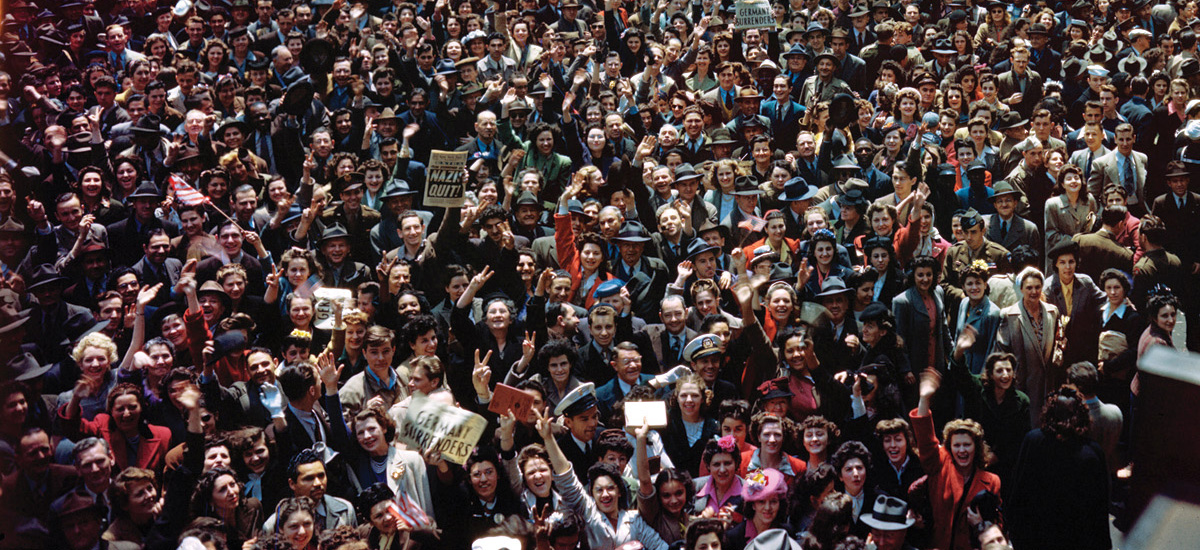
I have wondered about the forgotten Northern portion of the Eastern Front . It has amazed me that the Finnish People held out against the Russians without heavy equipment or a large air force.